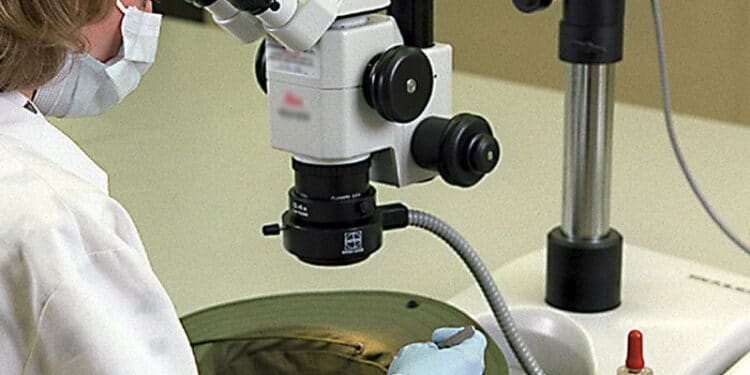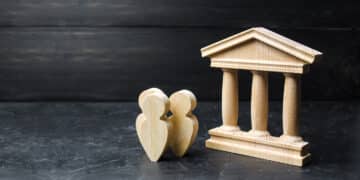Problems with forensics at the FBI crime lab continue, 25 years after a whistleblower flagged the agency for sloppy science, according to a story from independent news source ProPublica.
The story reports on the lack of scientific evidence supporting the work of FBI technicians who specialize in facial identification and “visual evidence.” The unit analyzes and sharpens crime scene photos and videos. From the story:
The FBI’s endorsement of the unit’s findings as trial evidence troubles many experts and raises a new question about the role of the FBI Laboratory as a standard-setter in forensic science.”
Add that to the questions that have lingered since crime lab problems were revealed by insider Frederic Whitehurst in 1994. The chemist’s information about faulty evidence and worse have emerged via three inspector general reports and a National Academy of Sciences study. The ProPublica piece is the latest in two decades of investigative news stories about faulty FBI forensics and its consequences.
Whitehurst is now the director of the National Whistleblower Center’s Forensic Justice Project.
The ProPublica story, written by justice system reporter Ryan Gabrielson, offers this history:
The FBI opened the laboratory in 1932, and for the next 60 years its forensic science was more revered than scrutinized. Then, in August 1995, lawyers for a defendant on trial in the bombing of the World Trade Center called Frederic Whitehurst, a chemist on the bureau’s explosives unit, to testify. Whitehurst told the court his lab colleagues had produced inaccurate reports in the case.
He had complained within the lab for years about unqualified explosives examiners and shoddy scientific practices. The FBI mostly dismissed the concerns and, Whitehurst said, reassigned him to a different unit as retaliation. So, he went public — on the stand and to the press.
The ProPublica report states that, over the years, the FBI has closed or reformed discredited programs. But the story also noted that the agency has not corrected past errors.
“It did not comprehensively search past casework for convictions based on the lab’s inaccurate evidence, nor did it evaluate whether other units had the same bad practices — unproven techniques, fabricated error rates, misleading testimony.
“The FBI Lab is a fixer,” Whitehurst said in an interview last year. Examiners have many incentives to find evidence that helps a conviction,” he said.


